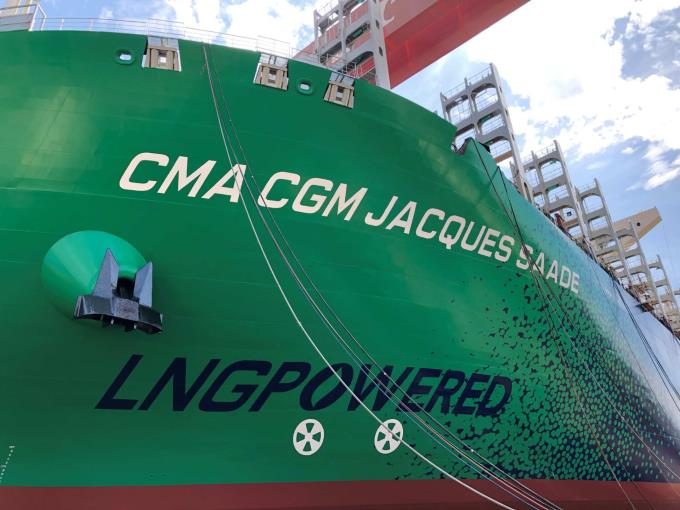CMA CGM South Korean staff strike over bonuses after bumper 2024 profit
CMA CGM’s employees in its South Korea office have gone on strike for increments and ...

Liner giant forays into decarbonisation have continued, with encouraging developments from Maersk and CMA CGM this week.
Maersk is redeploying the Vistula Maersk and Vayenga Maersk, two 3,600teu ice-class 1A vessels, to the Canada Atlantic Express (CAE) service between Canada and Northern Europe, and plans to ...

Comment on this article